If you’re wondering how often to water snake plant, you’re not alone. Many people struggle to keep this popular houseplant alive, but with a little know-how, it’s easy to keep your snake plant healthy and hydrated. In this in-depth guide, we’ll cover everything you need to know about watering snake plants, including how often to water, how to tell if your plant needs water, and what type of water to use.
How Often to Water Snake Plant
It’s easy to forget to water your snake plant, but if you do, it will soon start to show signs of stress. If you’re not sure how often to water your snake plant, here’s an in-depth guide.
First, it’s important to understand that snake plants are native to arid regions of Africa. As a result, they’re very efficient at storing water in their leaves and can go for long periods without being watered. This means that they’re used to surviving in conditions where water is scarce.
Conversely, if you live in a humid climate, you may be able to get away with watering it less often. If you live in a particularly dry climate, you may need to water it more often. That said, you should still aim to water your snake plant every 1-2 weeks.
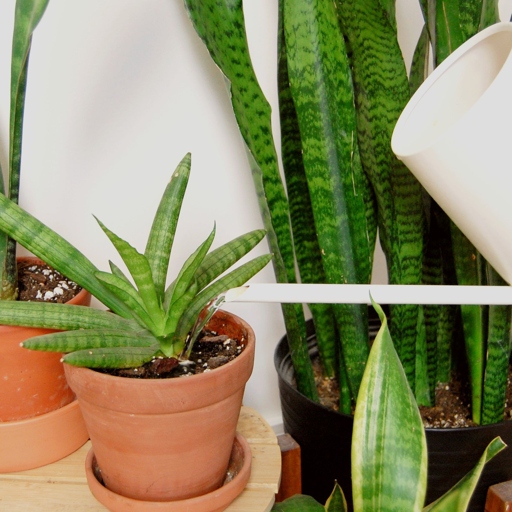
It’s better to water it too often than too little, as this can lead to the plant’s leaves drying out and eventually dying. When it comes to watering your snake plant, it’s best to err on the side of caution.
Be sure to water the plant thoroughly, until water starts to drain from the bottom of the pot. If you’re not sure whether your snake plant needs watering, simply check the soil. If it feels dry to the touch, it’s time to water it.
When to Water Snake Plant
This tough plant is native to arid regions and can withstand long periods of drought. If you’re wondering how often to water snake plant, the answer is not as often as you might think. In fact, too much water can be detrimental to snake plant, leading to root rot.
The general rule of thumb is to water when the soil is dry to the touch. Allow the top few inches of soil to dry out before watering again. During the growing season (spring and summer), you may need to water snake plant once a week or so. But in the winter, when the plant is dormant, you can cut back on watering to once every two to four weeks. So, how often should you water snake plant?

If they don’t, it’s possible that the plant is getting too much or too little light, or that the temperature is too hot or cold. Give it a good drink and then wait a few days to see if the leaves perk back up. If they’re starting to droop, that’s a sign that the plant is thirsty. If you’re not sure whether your snake plant needs water, check the leaves.
Factors That Impact Watering Snake Plant Frequency
The first is the type of snake plant you have. The former type will need less frequent watering than the latter. There are two main types – those with thick, fleshy leaves and those with thinner, more delicate leaves. When it comes to watering your snake plant, there are a few factors that will impact how often you need to do it.
If you live in an area with hot, dry summers, your snake plant will need to be watered more often than if you live in a cooler, more humid climate. The second factor is the climate you live in.
Finally, the size of your snake plant will also impact how often you need to water it. A larger plant will need more water than a smaller one.
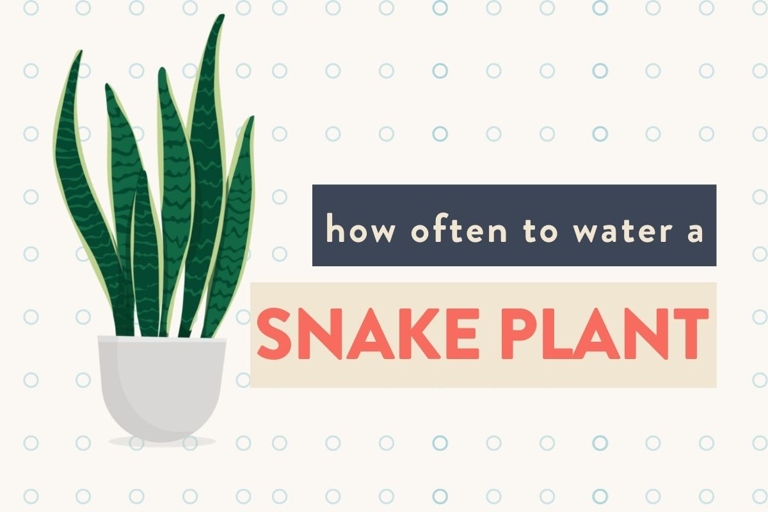
Keep these factors in mind when watering your snake plant and you’ll be sure to give it the care it needs.
Seasons
This tough plant can withstand long periods of drought, but it will also do well with regular watering in a home environment. In the wild, Sansevieria trifasciata, or snake plant, grows in the hot, dry climate of the African savanna.
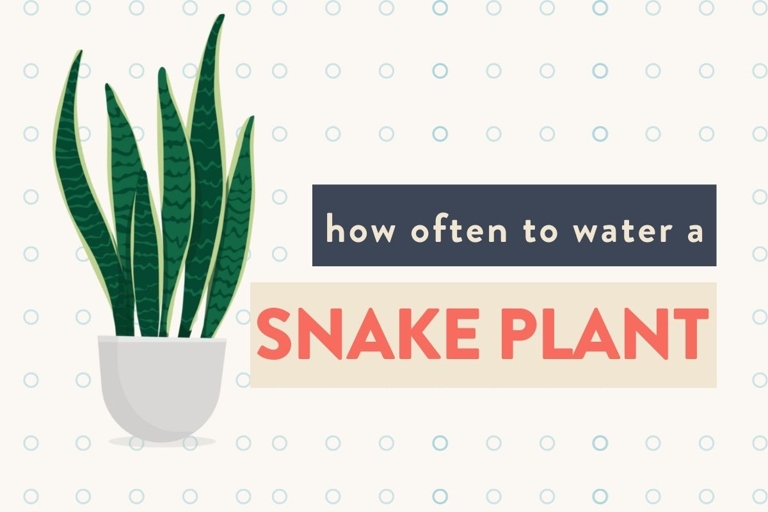
The best way to water snake plant is to allow the soil to dry out completely between watering. This plant does not like to have wet feet, so make sure the drainage is good and that the pot is not sitting in water. Water thoroughly, until water runs out of the drainage holes, and then let the plant dry out again.
If your plant is in a small pot, it will need to be watered more often than if it is in a large pot. And, if your home is very hot or dry, your plant will need to be watered more often than if it is cooler and more humid. A plant in a clay pot will need to be watered more often than one in a plastic pot. However, this can vary depending on the pot size, type of potting mix, and the temperature and humidity of your home. In general, snake plant does best with about once a week watering in the summer, and every other week in the winter.
If it is still moist, wait a few more days and check again. If you are unsure whether your plant needs water, stick your finger in the potting mix. If it is dry several inches down, it is time to water.
Temperature
If the temperature is too hot, the water will evaporate quickly and the plant will not get the moisture it needs. If the temperature is too cold, the water will not be absorbed by the plant and will just sit on the leaves, which can lead to fungal growth. The ideal temperature for watering your snake plant is between 65-75 degrees Fahrenheit. When it comes to watering your snake plant, the temperature is an important factor to consider.
Humidity Levels
If you live in an area with high humidity, you may not need to water your snake plant as often as those who live in drier climates. The amount of water your plant needs will also depend on the size of the pot and the type of soil you’re using.

If you’re not sure whether your plant needs water, stick your finger into the soil. If it feels dry, it’s time to water. Over-watering is one of the most common problems people have with snake plants, so it’s better to err on the side of caution. If it feels moist, wait a few days and check again.
If the soil is dry several inches down, it’s time to water. If you live in a very dry climate, you may need to water your snake plant once a week or even more often. Again, the best way to tell is to stick your finger into the soil.
Location of Your Plant
However, they will also do well in bright, indirect light. When it comes to temperature, snake plants prefer warm conditions and will do best in a room that stays between 65 and 85 degrees Fahrenheit. If you’re wondering where to put your snake plant, don’t worry—this tough plant is adaptable to a wide range of locations. Snake plants can tolerate low light conditions, making them ideal for rooms that don’t get a lot of natural sunlight.
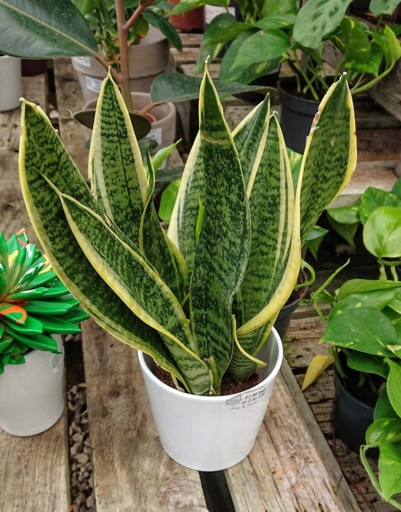
However, you should still aim to water your snake plant every one to two weeks. When it comes to watering, snake plants are pretty drought-tolerant. They can go several weeks without water, so if you’re forgetful or busy, this is a good plant for you. Allow the soil to dry out completely between waterings to prevent root rot.
Type of Potting Mix
A good mix for snake plants contains one part peat moss, one part perlite, and one part vermiculite. Snake plants are tolerant of a wide range of soils, but they prefer a well-drained potting mix. If you’re growing snake plants indoors, the type of potting mix you use is important.

However, they will grow faster and produce more flowers if they’re watered on a regular basis. When it comes to watering, snake plants are pretty drought-tolerant. Water your snake plant when the top inch or two of soil is dry. They can go weeks without water and still look healthy.
Size of the Plant
A small plant is going to need to be watered more often than a large plant. When it comes to watering your snake plant, the size of the plant is going to play a big role in how often you need to water it. If you have a small plant, you’ll need to water it every one to two weeks. This is because a small plant has a smaller root system and therefore can’t hold onto water as well as a large plant. If you have a large plant, you can water it every two to four weeks.
Type of Pot
Some materials, like plastic, can retain too much moisture and lead to root rot. There are a variety of pots that can be used for snake plants, but not all are created equal. Others, like terracotta, can dry out the soil too quickly. The best pots for snake plants are those made of glazed ceramic or porous clay.
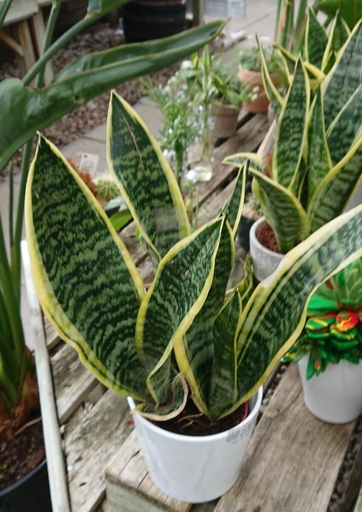
Glazed ceramic pots are non-porous, so they won’t absorb water or moisture from the soil. Porous clay pots, on the other hand, are slightly permeable, allowing air and water to flow through the walls of the pot. This means that the soil will stay drier for longer, which is ideal for snake plants. This helps to keep the roots of the plant healthy and prevents the soil from becoming waterlogged.
Size of The Pot
If you’re not sure how often to water, check the soil every few days and water when it’s dry to the touch. A small pot will dry out more quickly than a large pot, so you’ll need to water more often. A large pot will hold more moisture, so you can water less often. When it comes to watering your snake plant, the size of the pot is important to consider.
Snake Plant Needs Less Water When Sick
This is because the plant is not able to process water as efficiently when it is sick. So, be sure to water your snake plant less often when it is sick. When your snake plant is sick, it will need less water. If you water your snake plant too much when it is sick, the roots will rot and the plant will die.
The Golden Rules of Watering
If the soil is moist, wait a few days and check again. When it comes to watering your snake plant, there are a few golden rules to follow. If the soil is dry, it’s time to water. First and foremost, always check the soil before watering.
This will help to avoid leaf rot. Another important rule to follow is to water your snake plant at the base of the plant, not on the leaves.
Cold water can shock the plant and cause leaves to drop off. Finally, make sure you are using room temperature water.

By following these simple rules, you’ll be sure to keep your snake plant healthy and happy.
Keep the Soil Evenly Moist
However, you should water them when the soil is dry to the touch. If you’re wondering how often to water snake plant, the answer is: it depends. Snake plants are drought-tolerant, so they don’t need a lot of water.

Allow the soil to dry out completely between watering. To water snake plants, use lukewarm water and soak the soil until it is evenly moist. Be sure to empty any water that collects in the saucer beneath the pot.
If they are drooping, it’s a good sign that the plant is thirsty. If you’re unsure whether your snake plant needs water, check the leaves.
Allow the Soil to Dry Between Waterings
In fact, it’s best to allow the soil to dry out completely between waterings. If you’re wondering how often to water snake plant, the answer is: not very often. Snake plants are native to arid regions of Africa, so they’re used to surviving in dry conditions.
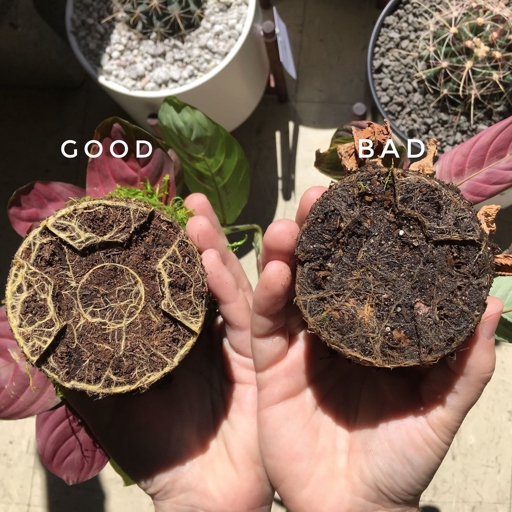
So, err on the side of caution and only water your snake plant when the soil is completely dry. If you water your snake plant too often, the roots will start to rot, which can eventually kill the plant.
Water Early Morning or Water Late Evening
This will help prevent the leaves from burning. Water early in the morning or late in the evening, when the sun is not as hot. One is the time of day. If you’re wondering how often to water snake plant, the answer depends on a few factors.
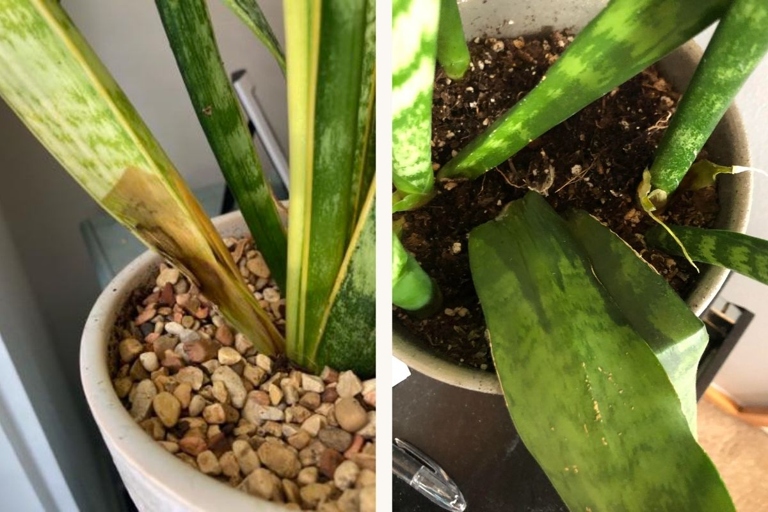
The same goes for if it’s windy. If it’s hot outside, you’ll need to water more often. Another factor to consider is the temperature. Wind can dry out the soil quickly, so you’ll need to water more often.
If it’s sandy, it will need more water than if it’s clay. Finally, consider the type of soil you’re using.
But, as with all plants, it’s best to check the soil before watering. If it’s still moist, wait another day or two before watering again. In general, you should water snake plant every one to two weeks.
Don’t Water the Leaves
Snake plants are native to Africa, where they grow in dry, sandy soil. They don’t need a lot of water to thrive, so don’t water the leaves too often. In fact, you should only water the leaves when they’re dry. If you’re wondering how often to water snake plant, the answer is not very often.
If you do water the leaves, be sure to let the soil dry out completely before watering again. However, if you water the leaves too often, they may start to rot. Snake plants are tolerant of drought, so they can go a long time without water.
If it feels moist, leave it be. If it feels dry, it’s time to water. If you’re not sure whether the leaves are dry, stick your finger into the soil. Over-watering is one of the most common mistakes people make when caring for snake plants.

So, when in doubt, don’t water the leaves. Your snake plant will be just fine.
Ensure Water Reaches the Roots
But how often should you water snake plant, and how can you ensure the water reaches the roots? If you want your snake plant to thrive, water is essential.

Here are a few tips:
Water your snake plant when the soil is dry to the touch. This is usually every 1-2 weeks, but will vary depending on the size of your plant, the pot it’s in, and the climate you live in.
Use a watering can or hose with a small nozzle to direct the water to the base of the plant, being careful not to wet the leaves.
If you’re unsure whether the water is reaching the roots, lift the pot to check. The pot should feel light when it’s time to water again.
By following these simple tips, you can ensure your snake plant gets the water it needs to thrive.
Avoid Water Logging
Allow the top inch or so of soil to dry out before watering again. This plant does not like to have soggy roots, so make sure to drainage is good. If you live in a humid climate, you may need to water a bit more frequently. If you want to avoid water logging, make sure to allow the soil to dry out in between watering.
Free Draining Soil
If you water your snake plant too often, the roots will rot and the plant will die. This plant does not like to have soggy roots, so be sure to water it only when the soil is dry to the touch. When it comes to watering your snake plant, it is important to allow the soil to dry out completely between watering.
How do You Know if Your Plant Needs Water?
This hardy plant can withstand long periods of drought and only needs to be watered every few weeks. If you’re wondering how often to water snake plant, the answer is not as often as you might think. However, there are a few telltale signs that your plant is thirsty and needs a drink.

If the leaves of your snake plant start to droop or curl, this is a sign that the plant is stressed and needs water. Another indicator that your plant needs watering is if the leaves start to turn yellow. If you see either of these signs, water your plant deeply and then allow the soil to dry out completely before watering again.
The Touch Test
But how often should you water snake plants? If your snake plant is looking a little dry, it’s time to give it a drink. The answer may surprise you.
So, if you’re wondering how often to water snake plants, the answer is: not very often. Snake plants are notoriously tough plants. They can survive long periods of drought and still look amazing.
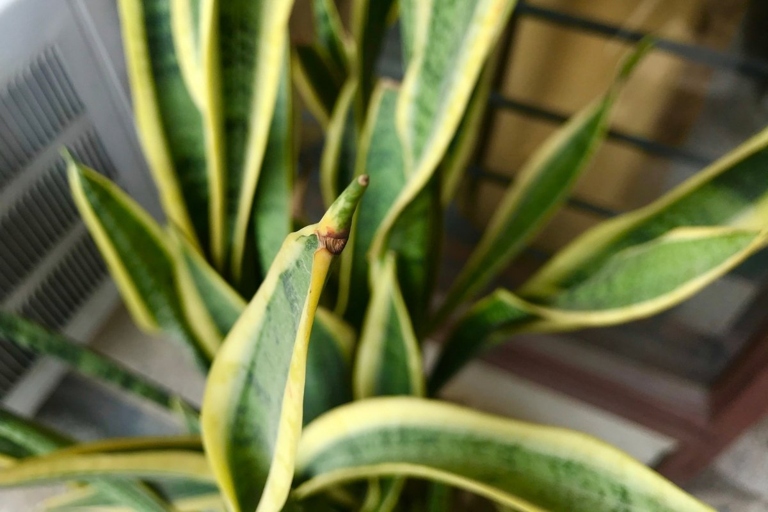
In fact, you should only water your snake plant when the soil is completely dry. If the soil is dry to the touch, it’s time to water. To check if your plant needs water, simply stick your finger into the soil.
If you water your snake plant too often, you run the risk of overwatering. Overwatering can cause the roots to rot, which can kill your plant. So, be sure to only water when the soil is dry.
Following these simple watering tips will help you keep your snake plant healthy and happy for years to come.
Soil Color
If the soil is dark and moist, it’s time to let the plant dry out. If the soil is dry and crumbly, it’s time to water. Soil color can be an indicator of how often to water your snake plant.
Wilting or Drooping Leaves
If your snake plant’s leaves are wilting or drooping, it’s a sign that the plant is not getting enough water. However, when grown in pots and containers, they need to be watered more frequently. Snake plants are native to arid regions, so they are used to surviving on very little water.
Be sure to water the soil, not the leaves, and allow the water to seep all the way down to the roots. Water the plant until the soil is thoroughly moistened, but don’t allow the plant to sit in water. If you see wilting or drooping leaves on your snake plant, water the plant immediately.
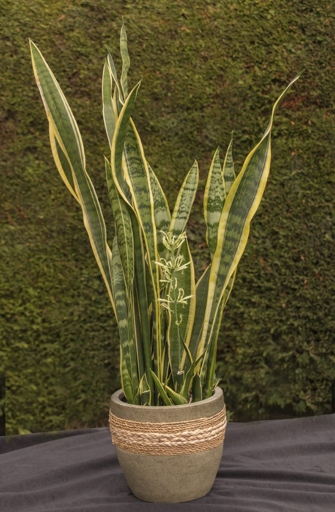
Overwatering can lead to root rot, which can kill the plant. If you’re unsure how often to water your snake plant, err on the side of too little rather than too much. It’s better to underwater a snake plant than to overwater it.
Brown Leaf Tips
It could be that you’re watering the plant too much, causing the leaves to rot. If you notice that the tips of your snake plant’s leaves are brown, there are a few things that could be causing the problem. Or, it could be that the plant is not getting enough light, causing the leaves to turn brown and dry out.

If you think you’re watering the plant too much, try letting the soil dry out completely between waterings. If the problem persists, you may need to repot the plant in a pot with drainage holes to allow the excess water to escape.
If the leaves are still brown after a few days, you may need to increase the amount of light the plant is getting by adding a grow light. If you think the plant isn’t getting enough light, try moving it to a brighter spot.
Leaves Wrinkling
This is perfectly normal and is actually a sign that your plant is thirsty. When it comes to watering your snake plant, one of the first things you’ll notice is that the leaves start to wrinkle. If you see the leaves wrinkling, it’s time to give your snake plant a good drink.
In general, you should water your snake plant every 1-2 weeks, or when the soil is dry to the touch. How often you need to water your snake plant will depend on a few factors, such as the size of the plant, the pot it’s in, and the type of soil.
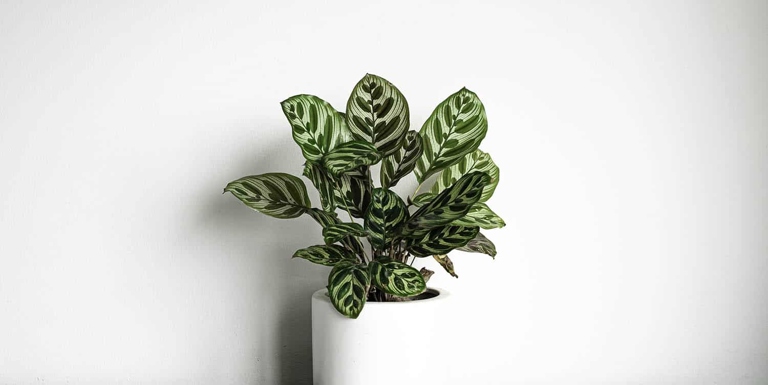
If it is, water your plant and then check the soil again in a few days. If you notice that the leaves are wrinkling more frequently, it’s a good idea to check the soil to see if it’s dry. If the leaves are still wrinkling, you may need to water your plant more often.
Water your plant and then check the soil again in a few days to see if the leaves are still wrinkling. This is perfectly normal and is actually a sign that your plant is thirsty. If you see the leaves of your snake plant starting to wrinkle, don’t panic!
Leaves Turn from Brown to Yellow
As the temperatures cool and the days grow shorter, the leaves on many trees and shrubs begin to change color. One of the most common and easily recognized color changes is when leaves turn from brown to yellow.
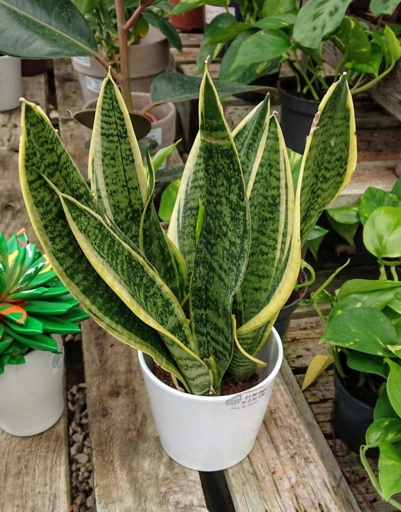
One is simply due to the plant’s natural life cycle. When plants don’t get enough water, their leaves will begin to turn yellow in an effort to conserve moisture. Another reason for yellowing leaves is a lack of water. As leaves age, they may yellow and eventually drop off the plant. There are a few reasons why leaves may turn yellow.
If it’s due to the plant’s natural life cycle, there’s no need to worry. If you notice your plants’ leaves turning yellow, it’s important to determine the cause. However, if the yellowing is caused by a lack of water, you’ll need to take action to prevent the plant from suffering further damage.
The Weight of the Pot
When it comes to watering your snake plant, the weight of the pot is a good indicator of how often to water. If the pot is too light, it may need to be watered more often. A heavier pot will need less frequent watering than a lighter pot.
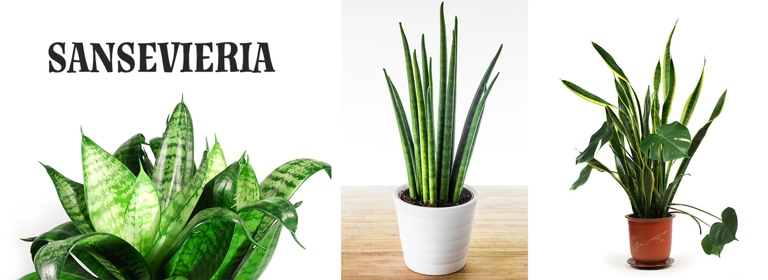
If it’s on the lighter side, you may need to water it more often. If you’re not sure how often to water your snake plant, start by checking the weight of the pot. If it’s on the heavier side, you can water it less often.
The Moisture Meter
If you’re wondering how often to water your snake plant, the best way to tell is to use a moisture meter.
A moisture meter is a tool that you can use to measure the moisture content of your soil. It’s a good idea to use one if you’re not sure how often to water your plant.
Here’s how to use a moisture meter:
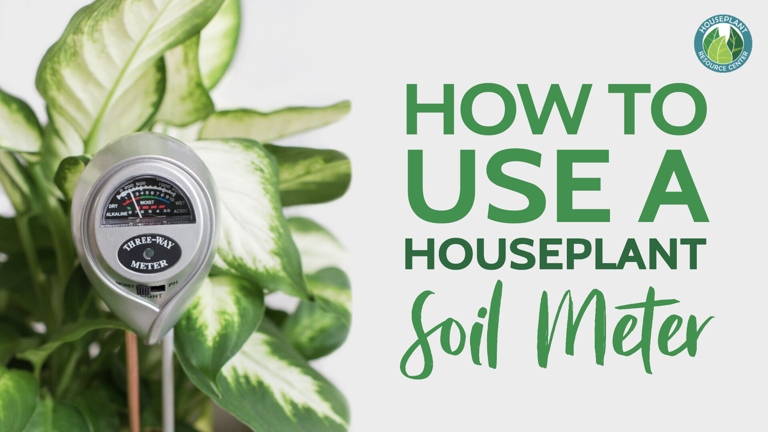
Stick the meter into the soil near the plant. 1.
Check the reading. 2.
3. If the reading is below 50%, it’s time to water the plant.
4. If the reading is above 50%, the plant doesn’t need water.
Check the moisture meter regularly to see if the plant needs water. 5.
Using a moisture meter is the best way to ensure that your snake plant gets the right amount of water.
Early Signs of Overwatering
If you see any of these signs, it’s important to cut back on watering and allow the plant to dry out somewhat before watering again. Other early signs of overwatering include leaves that are soft to the touch, or leaves that are falling off the plant. If you notice your snake plant wilting, yellowing, or developing brown spots, it’s likely a sign of overwatering.
How to Water Snake Plant?
If the leaves start to droop, that is a sign that the plant is thirsty and needs a good drink. These plants are very drought tolerant and can go weeks without water. Watering your snake plant too often is one of the quickest ways to kill it. When you do water, make sure to thoroughly soak the soil and allow it to dry out completely before watering again.
Watering Snake Plant After Repotting
Allow the soil to dry out completely between watering. When you water your snake plant after repotting, be sure to use lukewarm water and avoid getting the leaves wet. If the leaves start to droop, that means the plant is thirsty and you should water it.
Watering a Propagated Snake Plant
If you have recently propagated your snake plant, you may be wondering how often to water it. While the frequency of watering will depend on a number of factors, including the size of the pot and the type of soil, a good rule of thumb is to water your snake plant every 7-10 days.
To water your snake plant, simply use a watering can or a hose with a spray nozzle to lightly mist the soil. Be sure to avoid getting water on the leaves, as this can cause them to rot. Allow the soil to dry out completely between waterings, as snake plants are susceptible to root rot if they are kept too moist.
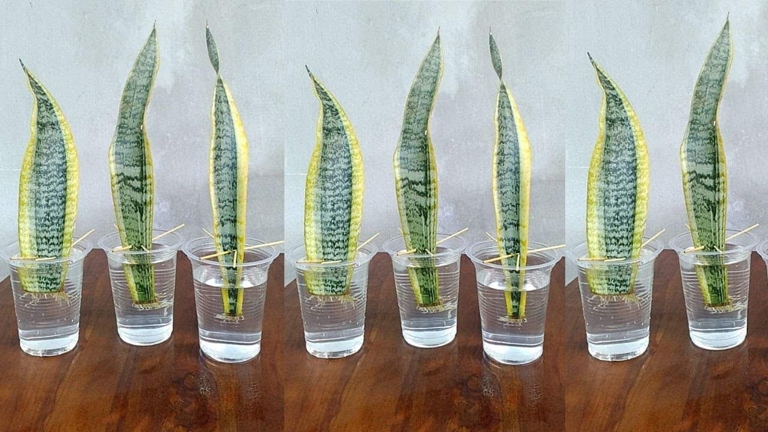
With a little trial and error, you will quickly learn how often to water your snake plant to keep it healthy and happy. If it is dry to the touch, it is time to water. If you are unsure whether your snake plant needs water, simply check the soil.
Snake Plant Consume an Increased Amount of Water:
If you think your plant is stressed, try moving it to a different location or adjusting its care routine. If you notice your snake plant consuming an increased amount of water, there could be a few reasons for this. Another possibility is that the plant is stressed due to too much or too little water, heat, or light. If you’re not sure what’s causing the increased water consumption, ask a professional for help. One possibility is that the plant is experiencing a growth spurt and is using more water to support its new growth.
Water Requirement of Snake Plant Reduces if:
Snake plants are susceptible to root rot, so it’s important that the pot you’re using allows excess water to drain away. If you move your snake plant to a brighter location, it will need less water. Finally, consider moving your snake plant to a brighter location. Allow the soil to dry out completely between watering, and don’t be afraid to let your snake plant go a little bit longer than usual without water. Second, try to water your snake plant less frequently. First, make sure you’re using a pot with drainage holes. Snake plants do best in bright, indirect light, but they can also tolerate lower light levels. If you’re looking to reduce the amount of water your snake plant needs, there are a few things you can do.
Final Words
Allow the soil to dry out completely before watering again, and be sure to empty any water that collects in the saucer beneath the pot. With a little care, your snake plant will thrive for years to come. Sansevieria, or snake plant, is a hardy succulent that can thrive with very little water. In fact, it is better to err on the side of underwatering than overwatering, as too much water can lead to root rot.
Frequently Asked Questions
1. How often should I water my snake plant?
Ideally, you should water your snake plant about once a week. However, you can allow the soil to dry out somewhat between watering.
2. What happens if I water my snake plant too often?
If you water your snake plant too often, the roots may rot. This can lead to a number of problems, including yellowing leaves, wilting, and eventually death.
3. What happens if I don’t water my snake plant enough?
If you don’t water your snake plant enough, the leaves may begin to brown and drop off. The plant may also become stunted.
4. How can I tell if my snake plant needs water?
There are a few ways to tell if your snake plant needs water. One is to simply check the soil. If it feels dry to the touch, it’s probably time to water. Another way is to look at the leaves. If they’re beginning to droop, that’s a sign that the plant needs water.
5. Can I water my snake plant with distilled water?
Yes, you can water your snake plant with distilled water. This is actually preferable to using tap water, which may contain chemicals that can harm the plant.
6. What type of soil is best for a snake plant?
A well-draining, sandy soil is best for a snake plant.
7. How often should I fertilize my snake plant?
You should fertilize your snake plant about once a month.
8. What are some signs that my snake plant is getting too much sun?
If your snake plant is getting too much sun, the leaves may begin to turn yellow or brown. The plant may also become stunted.
9. What are some signs that my snake plant is getting too little sun?
If your snake plant is getting too little sun, the leaves may begin to turn pale green or yellow. The plant may also become leggy.
10. Can I grow a snake plant indoors?
Yes, you can grow a snake plant indoors. In fact, it’s actually preferable to grow them indoors since they don’t need a lot of sunlight.
Final thoughts
When it comes to watering your snake plant, the key is to let the soil dry out in between waterings. This plant is very tolerant of drought, so err on the side of underwatering rather than overwatering. Water your snake plant about once every two to three weeks, or when the soil is dry to the touch. If you notice the leaves start to droop, that is a sign that the plant needs water.
